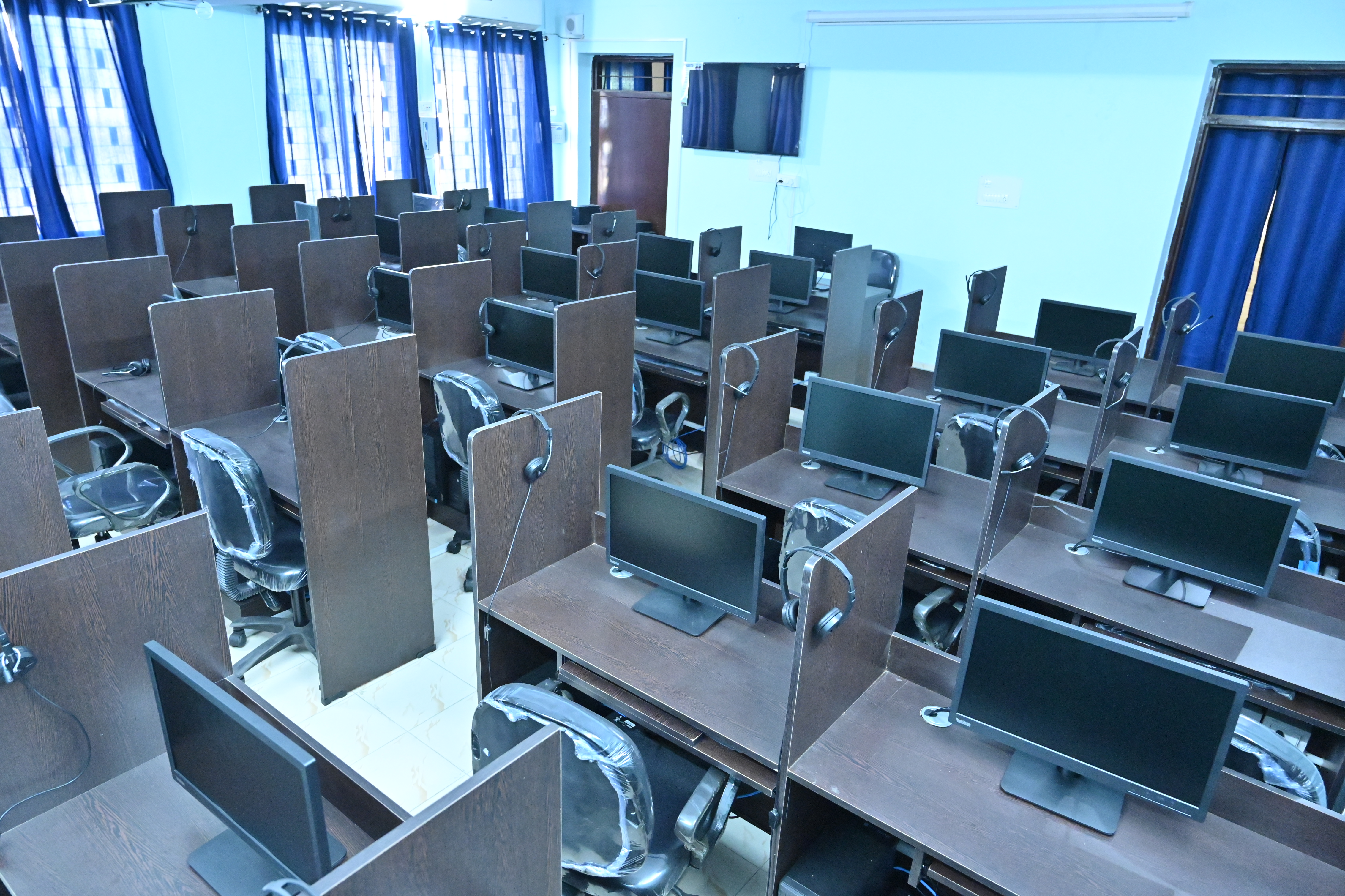A language lab is a facility or software application that provides interactive learning opportunities for language students. It typically includes a set of multimedia resources, exercises, and tools to enhance language skills, such as listening, speaking, reading, and writing. Here are some common types of content you might find in a language lab:
- Listening Activities : Language labs often offer audio recordings of native speakers, dialogues, interviews, podcasts, or songs for students to practice their listening comprehension skills. These activities may include comprehension questions, gap-filling exercises, or dictation exercises.
- Speaking Exercises: Language labs can provide speaking exercises to help students practice pronunciation, intonation, and fluency. They may include interactive dialogues, role-playing scenarios, pronunciation drills, and record-and-playback features that allow students to compare their pronunciation with that of a native speaker.
- Reading Materials : Language labs may offer a variety of reading materials at different levels of difficulty, such as articles, short stories, news reports, or literary texts. These resources can help students improve their vocabulary, reading comprehension, and overall language proficiency.
- Writing Tasks : Language labs often include writing exercises to help students develop their writing skills. These tasks may involve composing essays, emails, reports, or creative pieces. The lab may provide prompts, grammar and vocabulary assistance, and feedback on students' written work.
- Grammar and Vocabulary Practice : Language labs can offer interactive exercises and games to reinforce grammar rules, verb conjugation, word usage, and vocabulary acquisition. These activities may involve multiple-choice questions, matching exercises, word puzzles, or flashcards.
- Pronunciation and Accent Training : Some language labs provide specific modules or exercises to help students improve their pronunciation and reduce accent. These resources may include phonetic charts, audio recordings of minimal pairs, and drills focusing on specific sounds or speech patterns.
- Cultural Content : Language learning is closely tied to understanding the culture of the target language. Language labs may include videos, articles, or interactive activities that explore the customs, traditions, history, literature, and current events of the target language's culture. This content can provide context and enhance students' cultural awareness.

